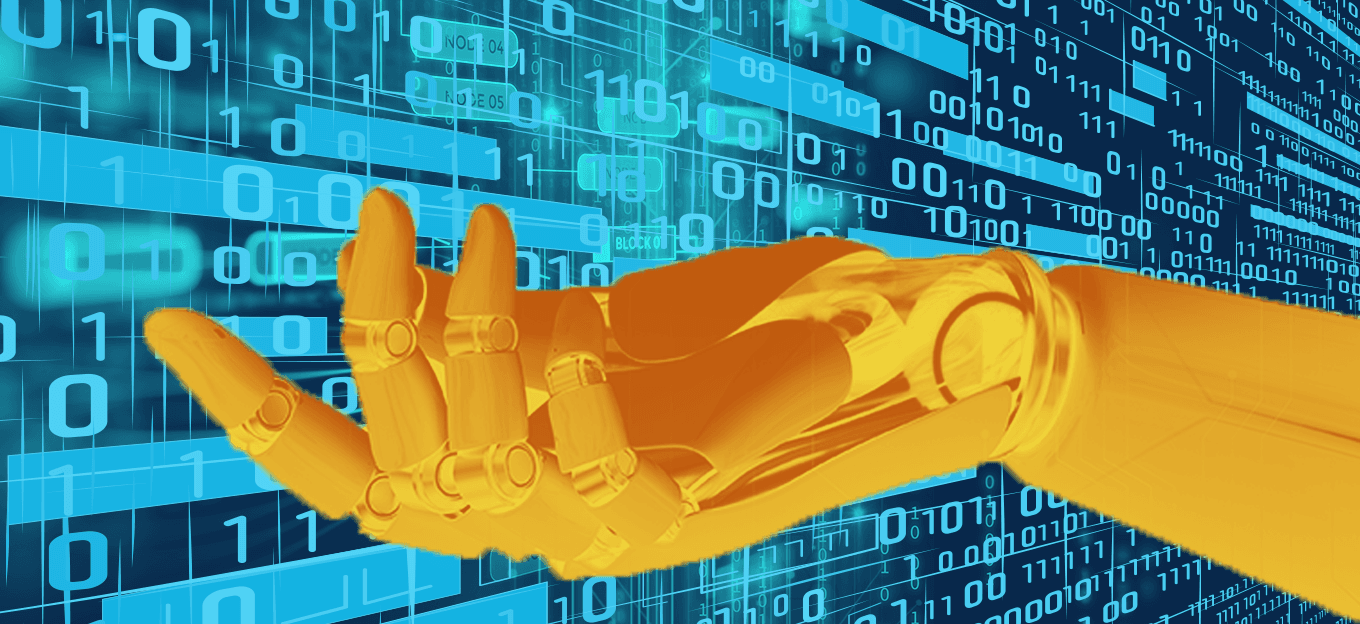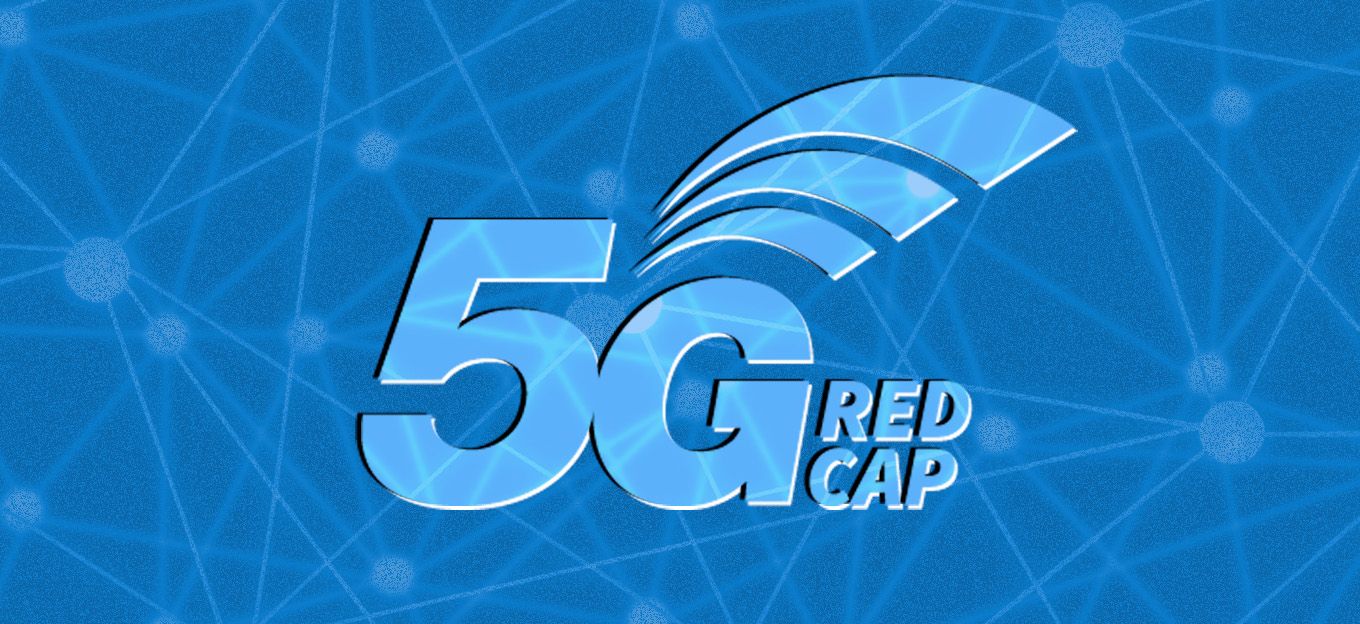Providing New Opportunities in Consumer Electronics with 5G and IoT
Providing New Opportunities in Consumer Electronics with 5G and IoT
- Last Updated: December 2, 2024
Guest Writer
- Last Updated: December 2, 2024



Due to technology's proliferation, including wearable devices, smart TVs, connected cars and household appliances, beacons, and other technologies, the future consumer journey will look complicated. Consumers can start and end their shopping experiences on a mobile platform, in-store, or online. It is a fluid movement that will be even harder for retailers to keep up with or predict because it will include a growing number of devices and touch-points.
The roll-out of 5G networks and IoT development will likely have a significant impact on how future product innovations in consumer electronics will be developed and marketed.
Increased connectivity and technology usage in Consumer Electronics through IoT, AI, robotics, AR/VR, and others will transform the industry, and 5G network roll-out will be at the heart of it. Devices will provide essential data from sensors give new insights faster, boost efficiency, and allow companies to make more informed decisions.
Real-time applications, such as voice, video, and Ecommerce connectivity, have always been sensitive to disruptions. An unstable connection can result in jitter, latency, and packet loss that translate into obvious performance issues such as delays, echoes, slow checkouts, and lost sales. 5G will prevent these disruptions by enabling users to stay on the same cellular network throughout the journey.
Mobile & E-Commerce Growth
Mobile commerce will be improved by the 5G cellular standard and its increased bandwidth. 5G will even allow data-intensive applications to integrate into online shop systems without impacting the page load time and customer experience. Applications include: high-resolution video content, virtual reality and augmented reality, playful content to gamify the mobile shopping experience.
The exponential growth in subscription-based E-commerce will be a natural result of improved service capabilities of streaming services and connected devices. Subscription-based Ecommerce is a business model that allows customers to subscribe to products or services they need, increasing the customer’s lifetime value.
The effect of this will be to improve the customer experience, using data obtained from connected devices.
Data Application
Information from IoT applications based on consumer products tells organizations what’s really happening, rather than what they assume or hope is happening. And the data they provide is precious for analytics and AI systems, which can identify patterns of use or behavior before hidden. As a result, the IoT market –– which includes hardware, software, systems integration, and data and telecoms services –– is expected to grow to $520 billion by 2021.
The use of IoT to enrich direct communication with customers will be essential for brands to improve the product experience and brand engagement. Data can send across personalized communication to customers. Product information could include tips and methodologies for using other features of the product or to find out which features of the product customers are used most.
Data can provide the most valuable insights into the interests of customers. As a result, companies will suggest other products and services that may be similar or complementary. Other products and services which are on a similar or complementary basis can then be recommended to improve the customer experience.
Data & Value-Based Information
As connectivity speeds increase, so will the number of wireless users and devices across the globe. This means increasing data collection as mobile connectivity reaches deeper and remote areas and further into peoples’ homes with the spread of IoT. As a result, not only will 5G connect more people and devices but also collect higher quality, hyper-local, and granular data. This will give marketers more opportunities for better personalization and the ability to understand customers’ needs in real-time. The wider bandwidth will also mean stable AR/VR and video applications will be an acknowledged new output channel format over which to sell.
Brands will be asking how they can further leverage the data existing within their internal systems to power external applications to improve supply chain efficiency, provide consumer transparency, deploy electronic labels, traceability data, and improve consumer experiences, and more. They need to realize that the product information that employees have access to is valuable to customers, if not more so.
The purpose of IoT connected products is to convert real-time data into actual business value. Brands will need to manage large repositories of data to make sense of it and expose it across all channels. Organizations turn to Product Information Management systems to connect PIM solutions and IoT applications with API Connectors to expose valuable product information to customers across all touch-points, including catalogs and E-commerce.
The Move to D2C Channels
The results of IoT connectivity in Consumer Electronics is bringing about changes in the way we shop and the opportunities that open up for brands and manufacturers as an increasing amount of ‘value’ based data flows back to brands from sensors based in products so they can use the data in different ways to innovate new products or differentiate communications. D2C allows companies to have total control over these factors, and at the same time, a greater capacity to prolong this positioning without friction throughout its journey.
Brands are beginning to see the benefits of building new direct sales channels with their consumers after years of watching the boom in online and mobile E-commerce shopping based on product spec and price. New generations are looking for a more personalized product based on ‘purpose’ and will play a fundamental role in the growth of D2C. These are more environmentally aware than ever and are looking to commit to greener, more sustainable, and socially involved brands.
Direct-to-consumer means owning the entire customer relationship and leveraging all the data to create unique, personalized, more efficient, and highest return experiences. In turn, D2C strategies are already enabling the development of new recurring revenue streams through subscriptions, new product launches, and custom tactics that lead to user loyalty much more efficiently than other channels can. Brands can reduce distribution costs and gain greater control over their profit margin and brand with intermediaries' elimination.
Using Value Data to be First to Market
By taking advantage of new data and information, brands will also drive new product innovation and development through new ways of communicating information to the customer. In this way, they will be able to differentiate their product strategies in more personalized ways, which has been a stumbling block for many Consumer Electronic brands.
Brands are now entering the field of digital performance, where being first to market and getting global control of all channels, branding, and conversion efforts under one funnel will be the key to their growth.
The Most Comprehensive IoT Newsletter for Enterprises
Showcasing the highest-quality content, resources, news, and insights from the world of the Internet of Things. Subscribe to remain informed and up-to-date.
New Podcast Episode

IoT and AI in 2026
Related Articles




